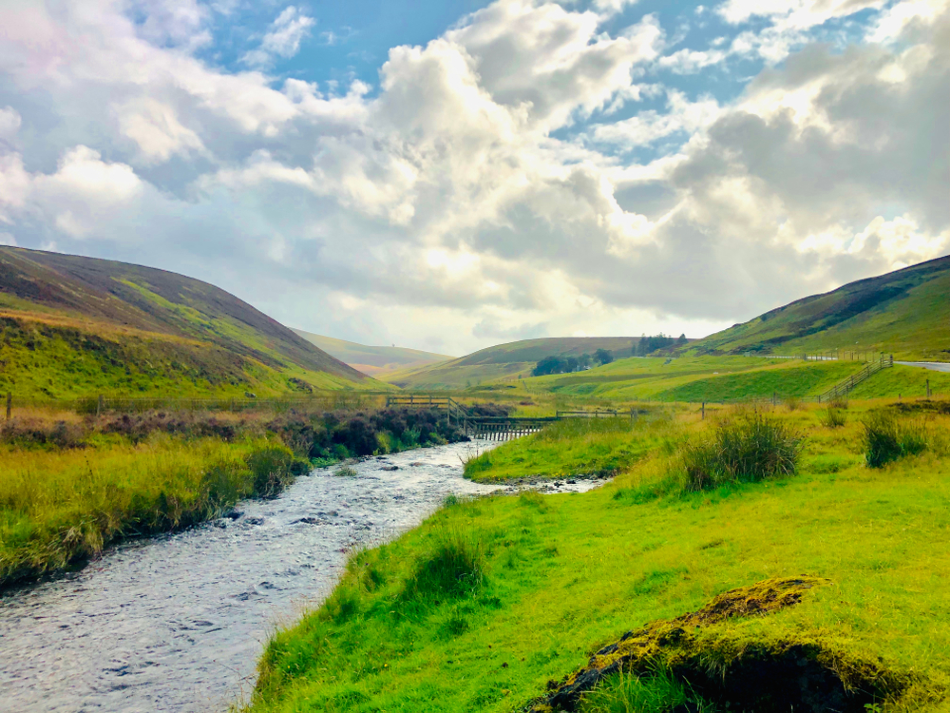Aug 15 2013

Image Credit: Hamayun Kabir/Shutterstock.com
Article updated on 06/03/20 by Kerry Taylor-Smith
Chemical Formula – PbSO3
Scotlandite is a monoclinic-prismatic mineral containing sulfur, oxygen, and lead. The mineral was discovered in 1984 in the Susanna mines of the Leadhills, South Lanarkshire, Scotland. It is named after its place of discovery.
Properties of Scotlandite
The following are the key properties of Scotlandite:
Cell Data
- Space Group: P21/m
- a = 4.505(2)
- b = 5.333(2)
- c = 6.405(2)
- β = 106.24(3)°
- Z = 2.
Crystal Data
- Monoclinic, meaning the crystals have three axes of unequal length, two being perpendicular to each other
- Point Group: 2/m
- Crystals are elongated along [001], spear- or chisel-shaped, with {021}, {031}, {100}, {010}, rare {011}, {032}, to 3 mm, in radial and fan-like aggregates
- X-ray Powder Pattern: 3.99 (10), 3.25 (8), 3.38 (7), 2.66 (7), 2.56 (5), 2.24 (5), 2.01 (5).
Chemical Composition
| Elements |
Content 1 |
Content 2 |
Content 3 |
| PbO |
77.85 |
79.03 |
77.70 |
| SO2 |
19.88 |
17.89 |
22.30 |
| Total |
97.73 |
96.92 |
100.00 |
Content 1: Leadhills, Scotland; by electron microprobe, sulfite confirmed by IR and secondary ion mass spectrometry; corresponds to Pb1.06S0.94O2.94.
Content 2: Argentolle mine, France; by electron microprobe, corresponds to Pb1.16S0.91O3.
Content 3: PbSO3.
Optical Properties
- Transparent to translucent
- Optical Class: Biaxial (+)
- Orientation: Y = b; X ^ a = 15°–20°; Z ^ a = 4°
- Dispersion: r«v, strong
- α = 1.95–2.035
- β = 2.00–2.040
- γ = 2.085–2.10
- 2V(meas.) = ∼35°
- 2V(calc.) = 37°40'.
Estimated Properties
| . |
. |
| Electron density |
Bulk density (electron density) = 5.49 g/cm3
note: Specific gravity of Scotlandite = 6.46 g/cm3 |
| Photoelectric |
PEScotlandite = 1304.34 barns/electron
U = PEScotlandite x ρElectron density = 7156.98 barns/cm3 |
| Fermion index |
Fermion index = 0.16
Boson index = 0.84 |
| Radioactivity |
Scotlandite is not radioactive. |
How to Identify Scotlandite
Scotlandite is either colorless or occurs in light yellow or a gray-white color. It has perfect cleavage and/or a good, white streak, and an adamantine to resinous luster, appearing pearly on cleavages. It can be formed as prismatic, microscopic or as fan-shaped crystals. The density of scotlandite is 6.37 g/cm3, and its hardness is 2 on the Mohs scale, akin to gypsum.
Global Distribution
Scotlandite is distributed in the following places:
- Leadhills, Lanarkshire, Scotland
- Roughton Gill, Caldbeck Fells, Cumbria, England
- Argentolle mine, near Saint-Prix, Saone-et-Loire, France
- Haus Baden mine, near Badenweiler, Black Forest, Germany
- Tsumeb, Namibia.
Occurrence of Scotlandite and Useful Mineral Association
Scotlandite occurs as a very rare secondary mineral, formed in the oxidized zone of hydrothermal lead deposits. It is closely related to galena, caledonite, leadhillite, lanarkite, mattheddleite, quartz, pyromorphite, cerussite, macphersonite, susannite, barite, and anglesite.
References and Further Reading